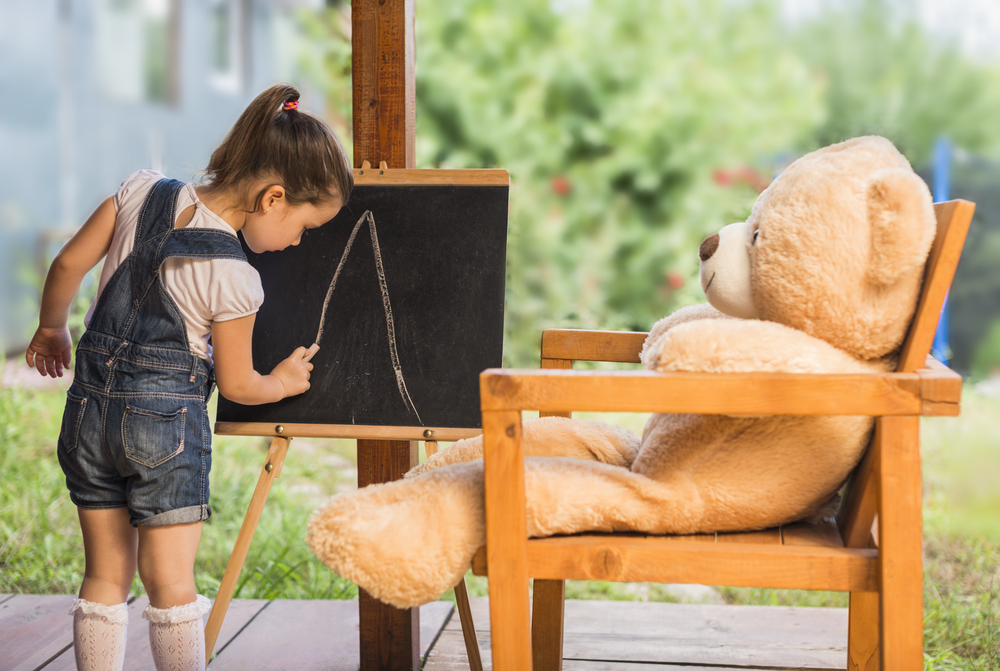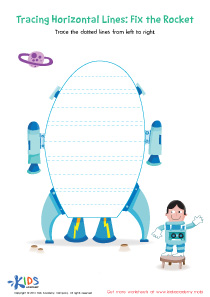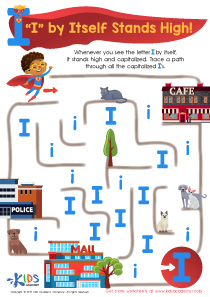Handwriting practice Normal Phonics Worksheets for Ages 4-6
4 filtered results
-
From - To
Discover our Handwriting Practice Normal Phonics Worksheets tailored for ages 4-6! These engaging worksheets combine playful learning with essential skills, making phonics fun for early learners. They are designed to enhance letter recognition, sound association, and fine motor skills, fostering a strong educational foundation. Through captivating activities, kids will confidently explore phonetic sounds and improve their handwriting. Ideal for both classroom and home use, these printable sheets support young minds in developing critical skills while enjoying the learning process. Dive into our collection to boost your child's early literacy skills through interactive handwriting and phonics practice!
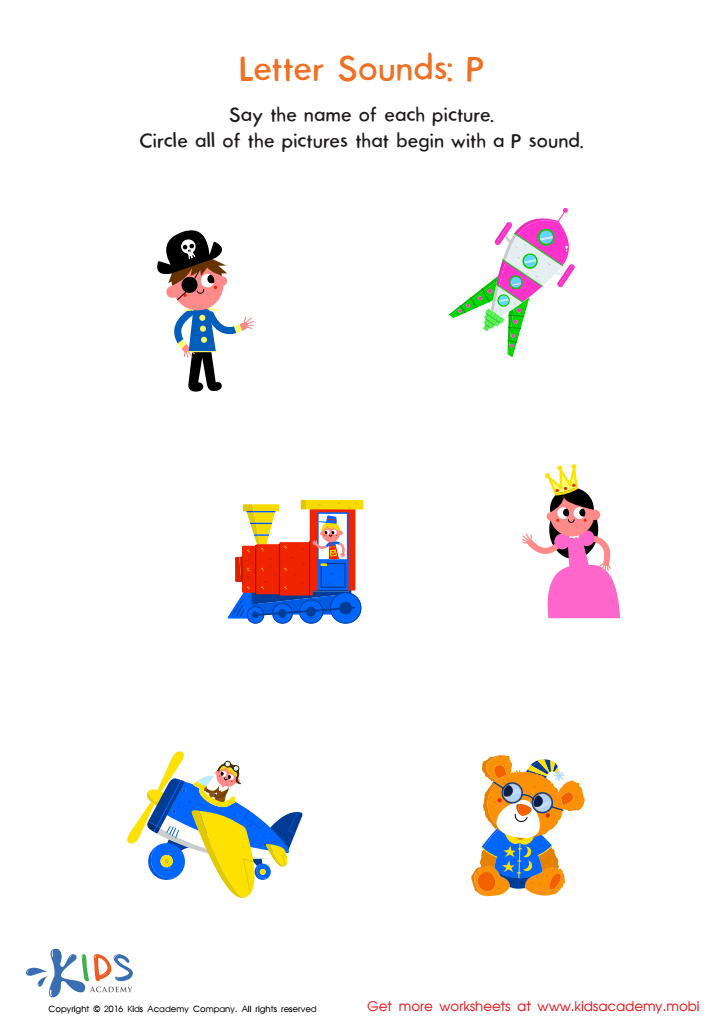

Letter P Sound Worksheet


Letter V and W Sounds Worksheet
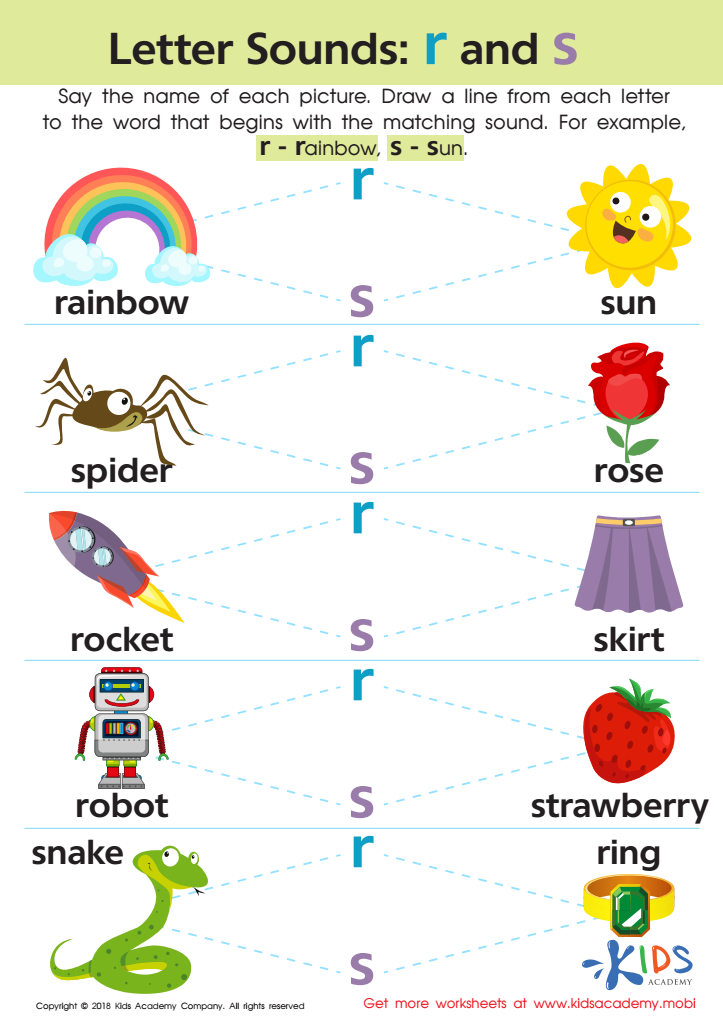

Letter R and S Sounds Worksheet
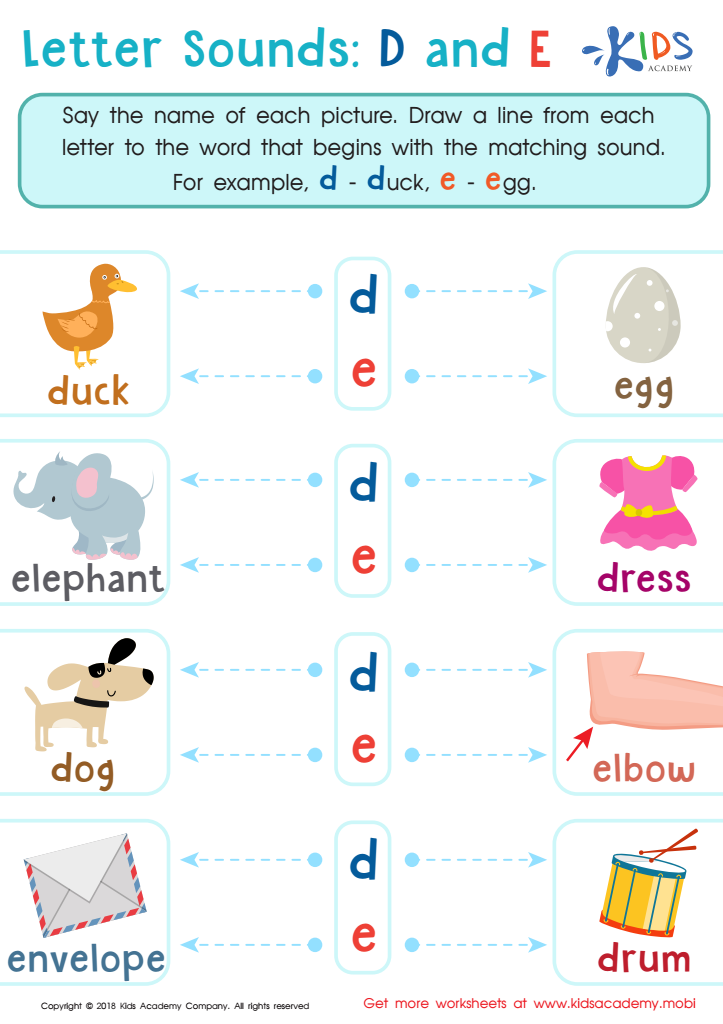

Letter D and E Sounds Worksheet
Parents and teachers should prioritize handwriting practice and normal phonics for children aged 4-6 because these skills are foundational for literacy and cognitive development. Handwriting practice enhances fine motor skills, which are crucial for performing everyday tasks, and fosters hand-eye coordination. When young children learn to form letters correctly, it translates into clearer writing and better control, paving the way for effective written communication.
Phonics instruction helps children understand the relationship between letters and sounds, which is invaluable for reading proficiency. By learning how to decode words, children can read independently and confidently. Phonemic awareness, developed through phonics, has been linked to better spelling and long-term academic success. Additionally, engaging with letters and sounds stimulates brain areas responsible for language and speech, aiding overall cognitive growth.
Integrating handwriting and phonics practice can also boost self-esteem as children gain the skills needed to express themselves and understand the world around them through reading and writing. In essence, these early interventions build a strong educational foundation, enabling children to thrive in subsequent academic endeavors and daily life. Prioritizing these practices ensures children are on the right track towards becoming proficient readers and effective communicators.
 Assign to My Students
Assign to My Students









